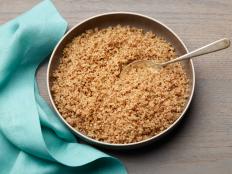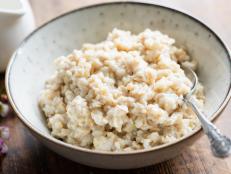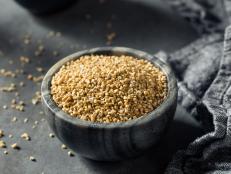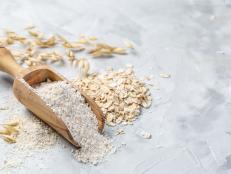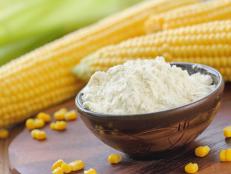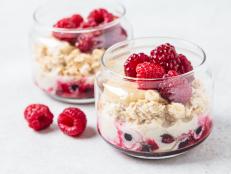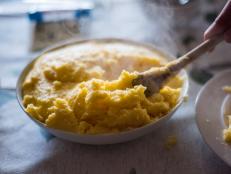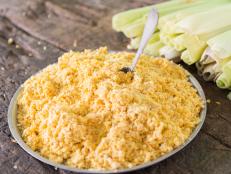How to Rinse Quinoa
Four easy ways to wash the popular ancient grain.
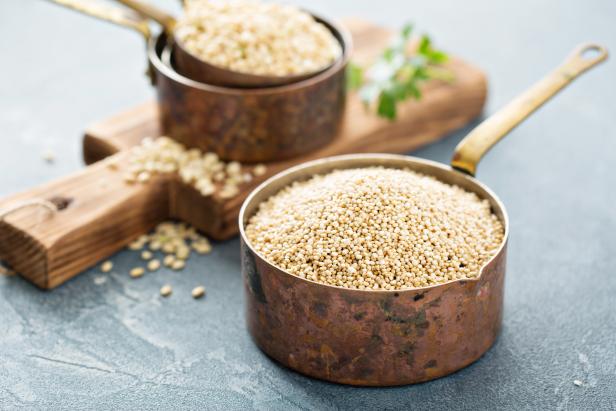
VeselovaElena/Getty Images
By Alice K. Thompson for Food Network Kitchen
Alice is a contributing writer and editor at Food Network.
It’s one of the most popular whole grains, and with good reason. Quinoa is tasty and toothsome, quick and easy to cook, and a nutritional powerhouse. But there’s one key step to enjoying its light, nutty flavor: rinsing. Here’s why, plus four of the easiest ways to do it no matter the equipment you have on hand.
What Is Quinoa?
Quinoa is the small edible seed of the goosefoot plant native to the Andes. Although it’s not botanically a grain (grains must come from grass plants), it’s typically grouped with whole grains. It’s often referred to as one of the “ancient grains,” a group that’s loosely defined as those that haven’t been extensively bred or genetically modified over centuries.
Quinoa is notably high in protein and many other essential nutrients, plus it’s gluten-free, making it a nutritional star even in the field of whole grains. And, it’s got another superpower: It cooks up in about half the time of whole grains like brown rice and barley. Delicious, good for you and a weeknight go-to? There’s a lot to love about quinoa.
Why Does Quinoa Need to Be Rinsed?
Quinoa seeds grow with a natural coating called saponin that protects them from fungus and pests. Saponin has a bitter, soap-like flavor that will permeate cooked quinoa unless it’s removed. Most commercially sold quinoa has already undergone a process to remove the coating, and this information is usually indicated on the package. If it’s not mentioned, or if you buy quinoa in bulk without packaging, you’ll definitely want to rinse it. And you may want to rinse it regardless because, even after processing, some residual saponin can still be detected by those very sensitive to its flavor.
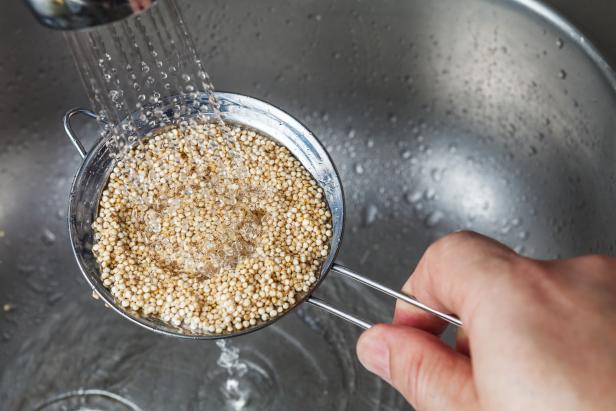
deymos/Getty Images
How to Rinse Quinoa
Measure out the amount of quinoa you want to cook and use one of the following methods to rinse it. This first method is generally considered the easiest, but don't worry if you don’t have a fine-mesh strainer. All these methods are quick and simple.
In a fine-mesh strainer: Pour the quinoa into a strainer with holes small enough that the tiny grains won’t slip through. Place it under the faucet and rinse it under cold water for about 1 minute, shaking the strainer occasionally or stirring the quinoa with your fingers. Turn off the faucet, shake the strainer a few times to remove excess water and then cook as directed.
In a bowl: Place the quinoa in a large bowl and cover with several inches of cold water. Stir the quinoa a few times, then tilt the bowl to drain the water off, using your hand or a pot lid as a dam to keep errant grains from escaping. Repeat the process until the water runs clear and no noticeable suds form on the surface of the water. Drain the quinoa well a final time and cook as directed.
In a coffee filter: Line the basket of your coffee maker with a clean filter. Place the quinoa in the filter and rinse it under cold running water, swirling the quinoa occasionally with your fingers, for about 1 minute. Allow to drain thoroughly and cook as directed.
In cloth: Fold the quinoa in cheesecloth or a clean white t-shirt or place it in a fabric nut-milk bag or vegetable storage bag. Twist the top to secure the quinoa, then place it under cold running water. Rinse for 1 minute, lightly massaging the bag to distribute the water. Squeeze the quinoa gently by twisting the bag to remove excess water and cook as directed.
Recipes for Quinoa
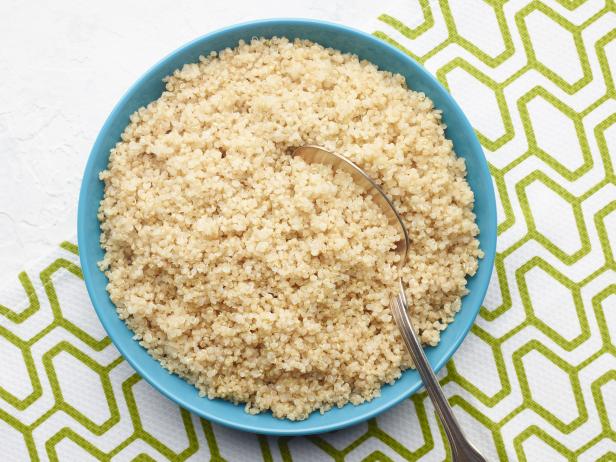
Renee Comet
Here’s a versatile recipe that makes a generous 6-cup batch of quinoa, enough for a crowd or several meals. The recipe suggests cooking the grains in broth, but you could substitute water and a few pinches of salt instead.
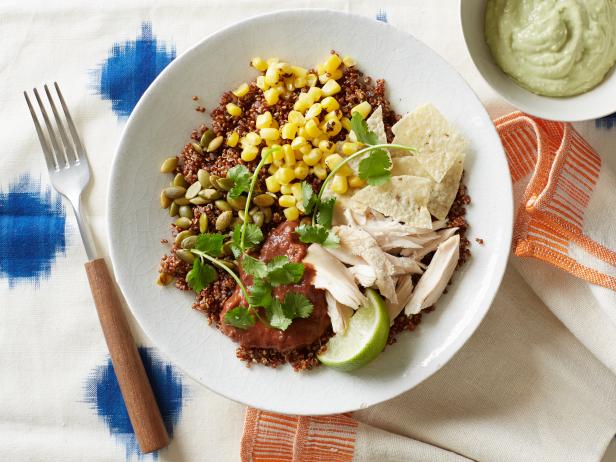
Stephen Johnson, 2015, Television Food Network, G.P. All Rights Reserved
This colorful bowl is packed with tasty ingredients like avocado, corn, black bean salsa and pepitas. Plus you can prepare the quinoa ahead, then assemble the bowls as needed—hello lunch!

Charles Masters
With cheddar cheese, sausage and broccoli, this dish is a whole-grain comfort classic. Want to make it vegetarian? Use vegetable broth and plant-based kielbasa.
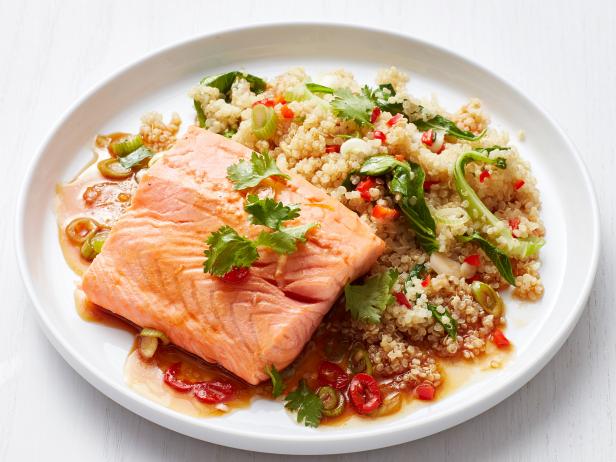
Ryan Dausch
Ginger, soy and lemon make this easy 30-minute meal irresistibly flavorful. The salmon is poached, not pan-seared, for moist, tender results.
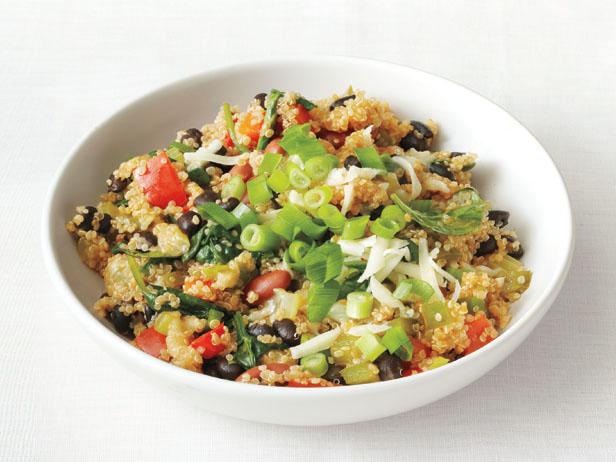
Christopher Testani
This beautiful, veggie-packed pilaf makes a lovely side dish, but it’s also got enough protein from beans and cheese to enjoy as a light meal. Serve it warm, room temperature or cold.
Related Links:
























